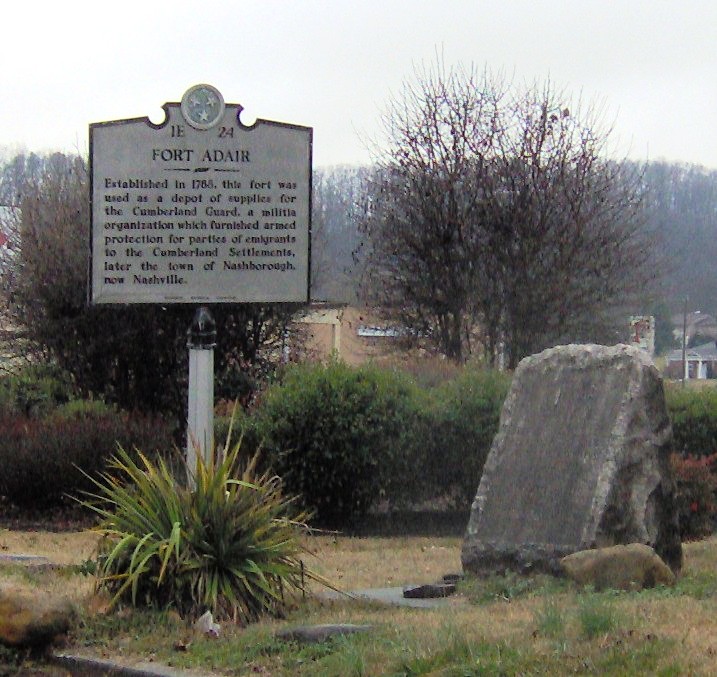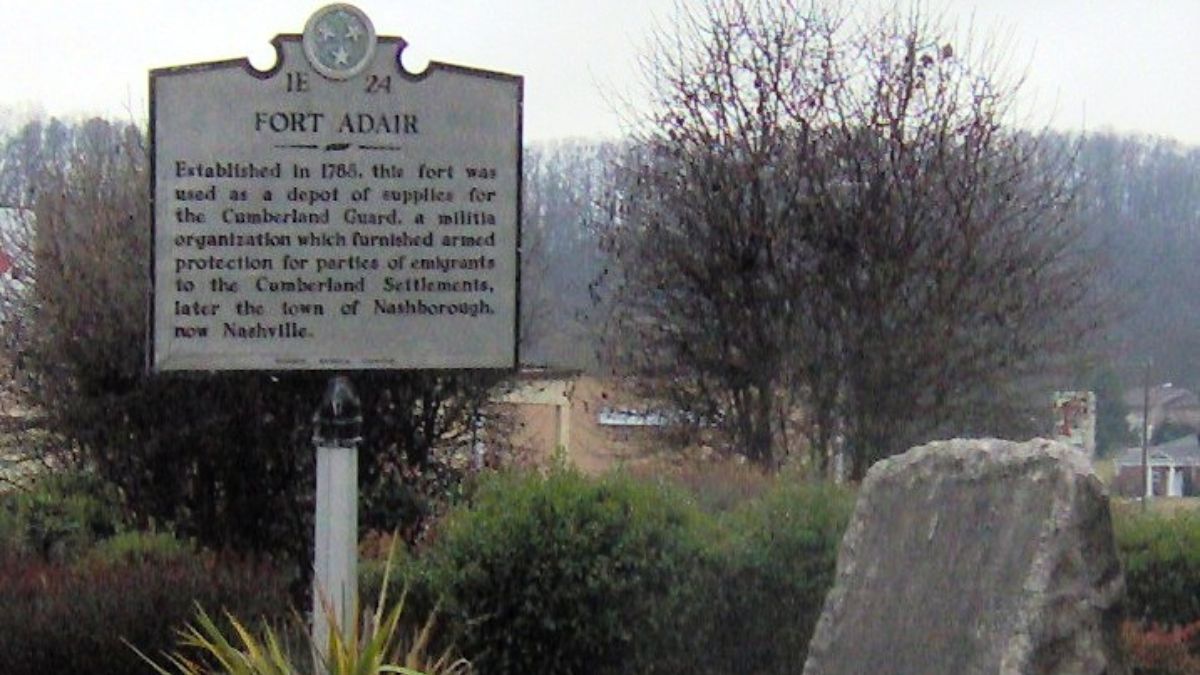Fort Adair, established between 1788 and 1791, played a crucial role in the early settlement of East Tennessee. Located in present-day Fountain City, Knoxville, this fort was directed by John Adair and named in his honor.
Strategically positioned, it provided defense and security for settlers amid the tensions between European settlers and Native American tribes.
Today, Fort Adair is a significant historical site that offers insights into the resilience and challenges faced by early American pioneers.
Fort Adair Overview

Fort Adair was established between 1788 and 1791.
Located in what is now Fountain City, Knoxville, Tennessee, it played a key role in the early settlement period of East Tennessee.
Founding and Key Figures
- Built under the direction of John Adair, for whom it was named.
- Situated in Knox County, Tennessee.
Historical Context
It served as a pivotal fortification during the late 18th century. This period was marked by significant tension between settlers and Native American tribes.
Location and Significance
Strategically positioned to protect settlers in East Tennessee. It offered defense and security in the developing region.
Present Day
Today, the site remains a point of historical interest. It provides insight into the early history of Tennessee’s settlement.
Fort Adair Highlights
- Established: 1788-1791
- Location: Fountain City, Knoxville, Tennessee
- Significant Figure: John Adair
- County: Knox County
- Role: Protection of settlers in East Tennessee
The fort underscores the challenges and resilience of early American settlers.
History of Fort Adair

Fort Adair played a crucial role in early American frontier life, acting as a key military outpost, a protective hub for settlers, and a site of interaction with the Cherokee Indians.
Its legacy continues through historical markers and ongoing recognition from historical societies.
Early Years and Founding
Fort Adair, established in 1788, served as a pivotal fortification for settlers in Grassy Valley near Sanders Drive. The fort’s strategic location by Adair Creek provided essential access to water and resources.
Early settlers used it as both a settlement and a supply depot, ensuring survival in an often hostile environment.
The fort also offered militia organization to protect against threats, underscoring its foundational role in the area’s development.
Military Significance
Fort Adair was integral to the defense of the Cumberland settlements. The fort was positioned near First Creek and Adair’s Station as a vital supply depot.
The Cumberland Guard often used this location to prepare and protect early settlers venturing into Nashborough.
The fort’s armed protection and militia presence were essential in preventing potential raids, making it a linchpin in the region’s military strategy.
Relationship with Cherokee Indians
Relations between Fort Adair settlers and the Cherokee Indians were complex. Often marked by tension, there were also periods of cooperation and negotiation.
The fort’s presence signified a shift in power dynamics, with settlers encroaching on traditional Cherokee lands.
Despite conflicts, attempts at peaceful cohabitation and trade were made, reflecting the nuanced interactions typical of frontier life.
Modern Recognition
Today, Fort Adair’s historical significance is commemorated through various markers and monuments. The Tennessee Historical Commission has acknowledged the site with a historical marker.
Organizations like the Daughters of the American Revolution have contributed to maintaining the fort’s legacy. Lynnhurst Cemetery, near the old fort location, also stands as a reminder of those who lived and fought in the area.
Fort Adair and Surroundings
The fort was situated along what is now U.S. Route 441, integrating it into broader regional developments.
The surrounding areas, including Broadway, have evolved, but remnants of the past, like historical markers and Adair Creek, preserve the memory of the fort’s impact.
These elements help connect modern-day observers to the historical landscape that once defined Grassy Valley and its early settlers.
Explore More: 21 Historic Forts of Tennessee
Legacy and Commemoration
Fort Adair’s influence extends beyond historical importance. Markers and monuments at the site pay tribute to its role. A historical marker is prominently placed to inform visitors about its significance and storied past.
Lynnhurst Cemetery holds commemorative events honoring those who served at Fort Adair. These ceremonies often include speeches, wreath-laying, and reenactments.
The Fountain Head area also hosts annual gatherings. These celebrations bring together historians and descendants, ensuring the legacy remains active in community memory.
Incorporating educational programs, local schools frequently visit to learn about Fort Adair. These field trips include guided tours and interactive activities to engage younger generations.
Key Highlights:
- Historical Marker: Offers detailed information about Fort Adair’s significance.
- Lynnhurst Cemetery: Hosts events and ceremonies.
- Fountain Head: Annual gatherings for remembrance.
- Educational Programs: Engages students and the community.

Cory is a website owner and content creator who enjoys fishing, history, coin collecting, and sports, among other hobbies. He is a husband and father of four.
Romans 15:4 For whatever was written in former days was written for our instruction, that through endurance and through the encouragement of the Scriptures we might have hope.

